
Unlocking Satiety
We explore the latest research on hunger regulation, nutrient timing, and the role of proteins, fibres and bioactive compounds in promoting fullness.
News & Analysis on Food & Beverage Development & Technology

We explore the latest research on hunger regulation, nutrient timing, and the role of proteins, fibres and bioactive compounds in promoting fullness.

From portion control to complete nutrition solutions, how can food makers rethink R&D to meet shifting consumer demands?

Packaging is no longer just about containment – it’s a key player in sustainability, consumer engagement and regulatory compliance.
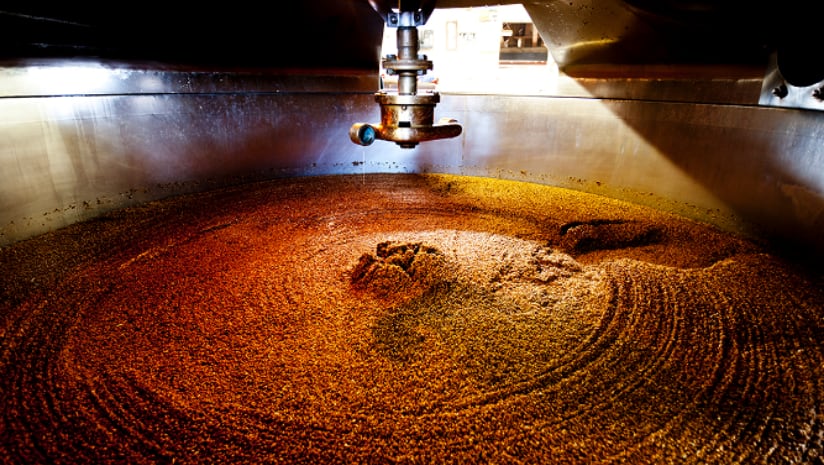
From by-products to breakthroughs, this session explores how food and beverage manufacturers can reduce waste, lower emissions and unlock new revenue by rethinking how ingredients are sourced, processed and reused.

Discover how agri-tech, data, and policy are reshaping how we grow, source and secure the world’s food.

We’ll explore how consumers are demanding fullnutrition options, convenience and added functionality - and where this disruptive new sector is going next.
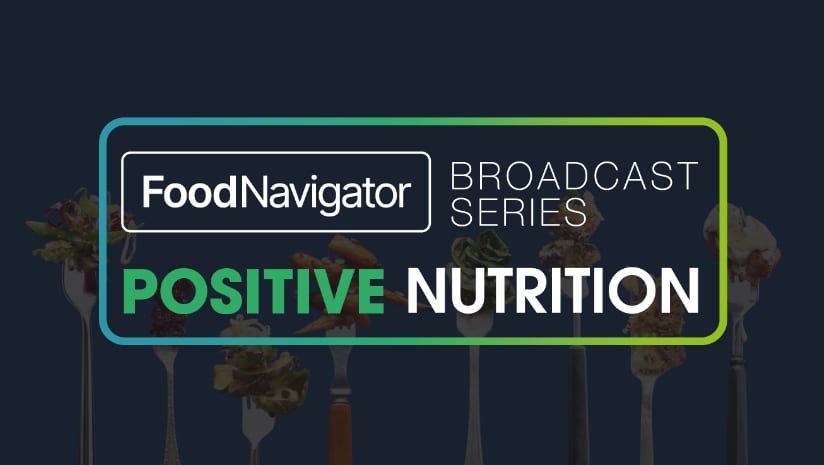
We will explore how plant-based is evolving, including the emergence of products that combine animal- and plant-based ingredients, and what tools are available to formulators – including emerging ingredients, manufacturing techniques and modern marketing...

Emerging research reveals the gut microbiome of cats and dogs not only influences their digestive health but also plays a vital role in their overall wellbeing. This session will delve into the groundbreaking science behind how nourishing and supporting...

As the pet food industry grows, so does the need to minimise its climate impact. Addressing the environmental footprint of feeding cats and dogs is crucial.
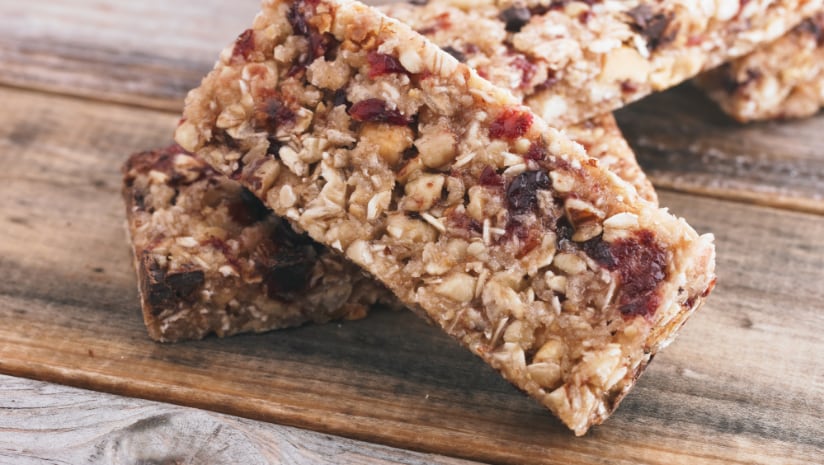
The Asia snacking sector is thriving, with innovation and consumer demand at an all time high. However, there two key trends that are driving the growth – health and functionality. As consumers increasingly snack more and move away from set meal...

More than half of Americans follow a specific diet, with highprotein, mindful eating, calorie-counting, clean eating and intermittent fasting topping the charts. And more consumers are likely to purchase a snack labeled as "healthy" than an identical one...

Mental health is in decline, with Gen Z being hit harder than most. Luckily for those with pill fatigue, food can provide much more than just energy: some ingredients are linked to improved brainpower, others can de-stress, and more still tap into the...

As ageing population numbers rise, an opportunity is opening in food and beverage. While older consumers seek tailored formulations, younger generations also want to live healthier, for longer. How can industry best tap into the "healthy longevity" trend?

While the wider economic landscape and consumer education remain challenges for the plant-based sector in Asia, there are several opportunities for the industry to make gains across the region. With plant-based diets very much steeped in the tradition of...
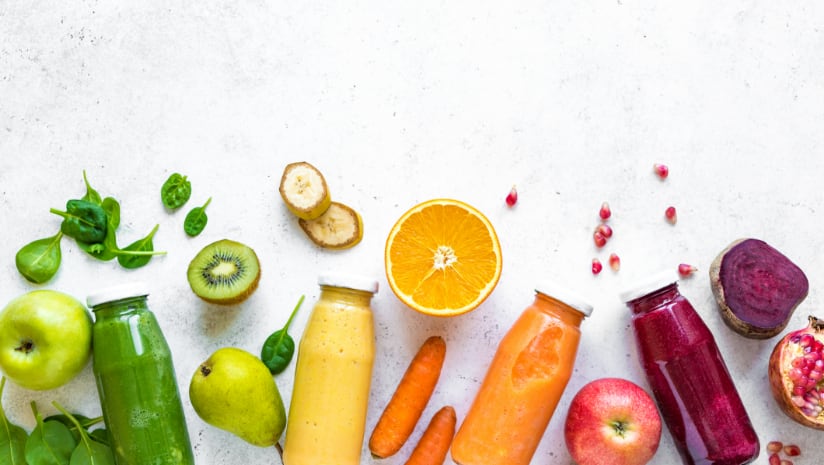
The functional beverage market is slated to reach a staggering $350 million by 2030 as increasingly health-conscious consumers turn their backs on sugary soft drinks and alcoholic beverages in favor of healthier options that can help them keep up their...
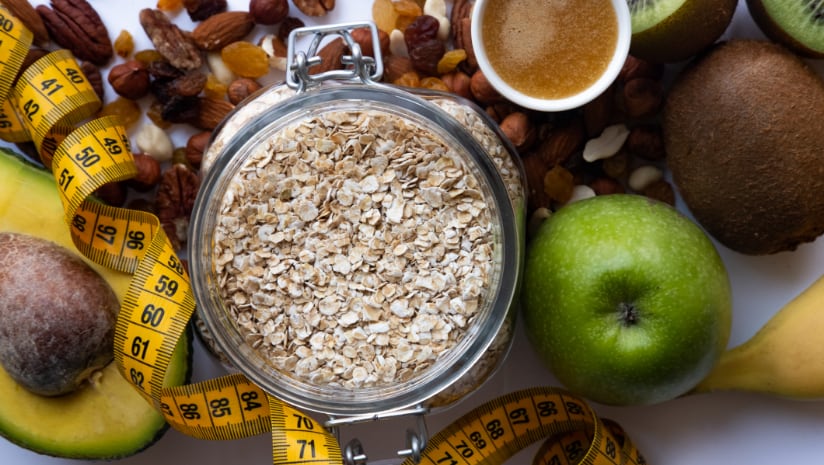
What eating patterns and health claims resonate with consumers? Today's niche diets, social media blips and Internet searches could reveal tomorrow's must-have functional ingredients or influential diets. We will take a look at evolving eating patterns...
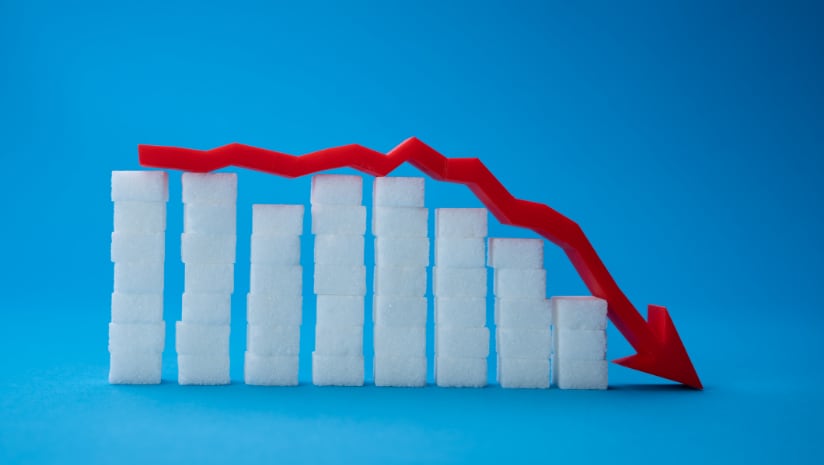
Too much sugar is bad news for health, but consumers don't want to compromise on taste, texture, or indulgence. While sugar reduction technologies promise sweetness with fewer calories, concerns over sweeteners do still exist and could be damaging...
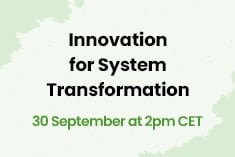
Urgent changes to how we produce and consume food are needed today. But what innovation will shape the future of the food system? From biotech to digital, we’ll be profiling the cutting-edge science that will shape the food system of tomorrow.
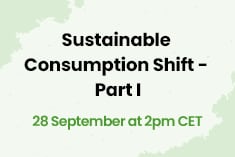
Consumption is at the heart of a transition to a more sustainable food system. Increasingly savvy and sustainability-minded shoppers are helping speed the pace of change and consumer demand is shaping what areas of action will have the biggest impact at...
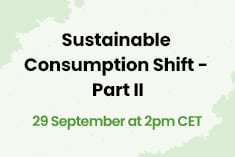
Consumption is at the heart of a transition to a more sustainable food system. Increasingly savvy and sustainability-minded shoppers are helping speed the pace of change and consumer demand is shaping what areas of action will have the biggest impact at...
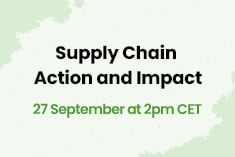
Food and beverage manufacturers are assessing where they can reduce their impact on climate in a cost-effective manner, in line with the Paris Agreement. Counting the carbon cost of their own operations and that of their supply chains, the F&B sector is...
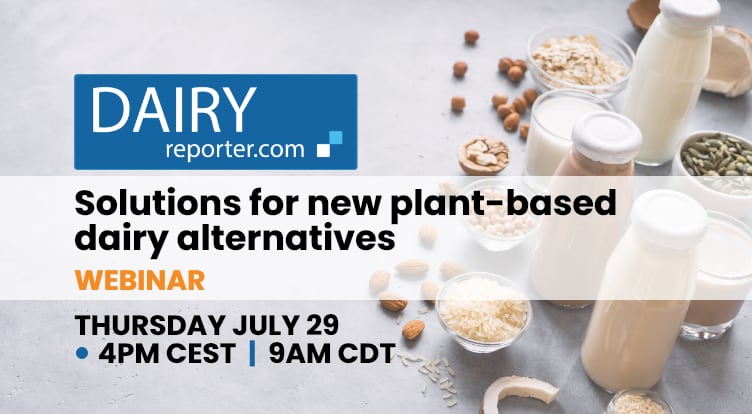
In this editorial webinar, we look at plant-based dairy alternatives to see what’s new, what’s making the end products better, and what’s appealing to the end consumer.

As allergies become more common and people eliminate certain ingredients from their diets, what opportunities are opening up in the free-from space?

How are food formulators navigating the balance between delivering clean label products that have the taste and texture that consumers expect at the price point they want?

Most shoppers say they want to reduce consumption of products that are high in fat, salt and sugar.

What innovations are delivering nutritionally dense snacking that also meets consumer taste expectations?

Which ingredients offer greatest potential in health and wellness?

How healthy are plant-based analogues? And how are innovators in the space driving the category forward?
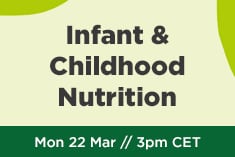
Europe continues to struggle with high levels childhood obesity.

An ageing population is a time bomb for Europe’s food sector, which must innovate to address the specific needs of this rapidly expanding, and generally affluent, consumer group.
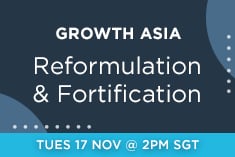
Asia continues to battle the double-burden of malnutrition and obesity, leading to projections that the reformulation market will rocket from $65bn today to $110bn by 2025 and the fortification sector will surge from $70bn to $125bn by 2030.
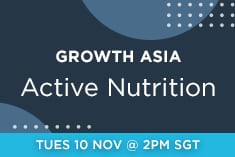
Asia-Pacific’s active and sports nutrition was valued at $1.4bn in 2019, and is forecast to hit $2.3bn by 2023 as consumers increasingly prioritise health, wellness and fitness.
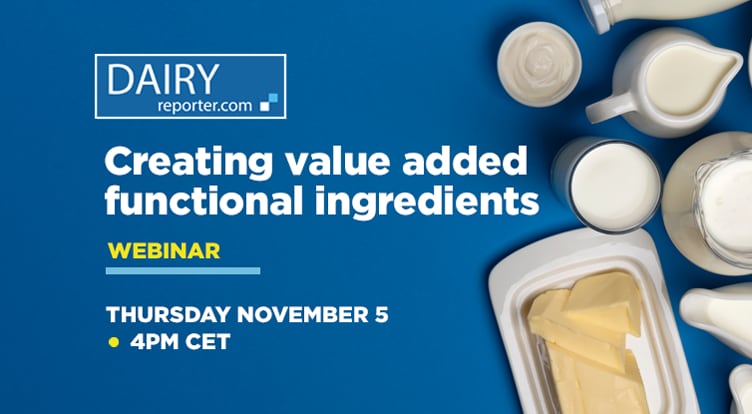
Many dairy companies and cooperatives have turned to R&D to improve profits, going beyond milk, yogurt and cheese, looking to create functional ingredients that can be added to a wide range of products.
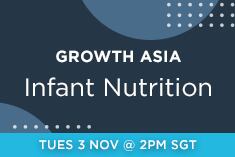
The Asia-Pacific infant formula market size was valued at $11.4 billion in 2017, and is projected to reach $26.8 billion by 2026, with China, India and emerging South East Asian markets particular hotpots.
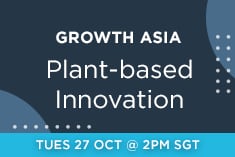
Asia is tipped to be the largest region for plant-based food consumption in the $21bn global finished product market by 2025 on the back of consumers’ ethical, health and environmental concerns, plus extensive product innovation.
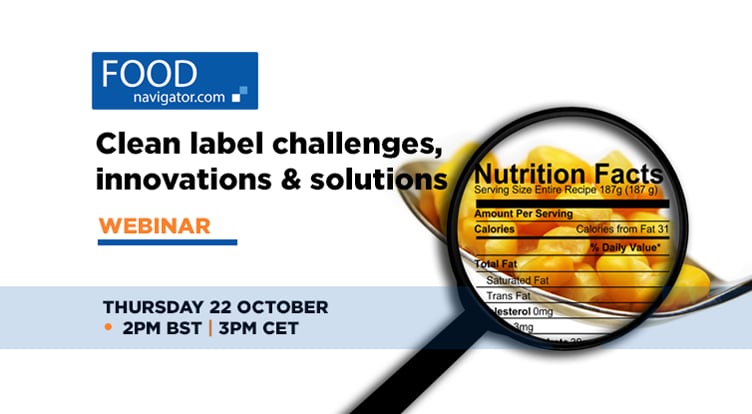
How can food brands deal with the challenge of meeting increased demand among consumers for products deemed ‘natural’ and that come with ‘cleaner’, ‘shorter’ labels, whilst also providing products with a full nutritional profile?
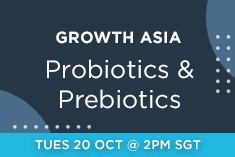
The APAC probiotics market is predicted to grow from $17.5bn in 2018 to more than $25bn by 2025, while the prebiotic market is set to enjoy almost double-digit CAGR over the period, as benefits far beyond digestive health are more widely understood.

By 2050 there will be 1.3 billion people over the age of 60 in APAC, up from around 650 million today, with vast gains predicted for products that help boost immunity, bone, joint, muscle, cognitive, heart, skin, eye and digestive health.

If there has been one ‘winner’ from the coronavirus crisis, many would point to the environment. A shutdown in our daily lives, including a massive drop in air travel, has resulted in a tangible improvement to air quality and reduction in carbon...

What will the coronavirus crisis mean for the big innovation drivers that have shaped the food industry in recent years? How will the pandemic alter consumer attitudes to food? With diet and health front-of-mind for many, we are likely to see a continued...

Agile start-ups and challenger brands have disrupted the food sector through their short NPD pipelines and close consumer relationships. Many an ambitious food entrepreneur launched businesses with an eye to becoming the next unicorn and investment in...

The COVID-19 pandemic places the link between diet and wellness into sharp relief. The connection between obesity and higher morbidity rates highlights the stark reality that poor diets lead to negative health outcomes. A divergence in consumer behaviour...

As non-communicable disease rates continue to escalate food formulators are responding to the pressing need to cut the amount of salt, fat and sugar in our diets. Flavour is a key piece of the puzzle. From ingredient development that can enhance...

Never has the food industry been so concerned about sustainability, and the meat sector is no different. Without significant investment of time, money and research right now, there is no future for the industry, and processors around the globe are...
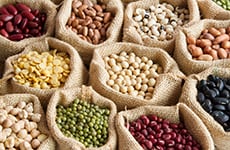
A panel of experts will join FoodNavigator to discuss the tests that plant-based proteins now face. Among them are the challenges manufacturers face to provide consumers with better products, with improved taste and texture, to see repeat buying from...
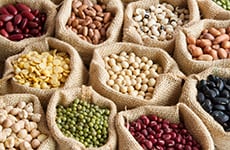
No doubt, plant proteins are here to stay. The plant-based categories are growing at an incredible fast pace, driven by consumers highly conscious of the impact of their diet on their health and environment. However, expectations are high and consumers...
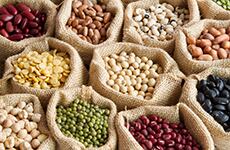
Foods featuring plant-based proteins have seen recent growth that most categories can only wish for. Consumers around the world are clamouring for such products and for good reason – they have the potential to be sustainable, ethical, and healthy. Join...
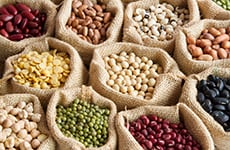
How to succeed in creating a nutritious plant protein that contributes sustainably to the renaissance of a whole new gastronomy? Join our experts in marketing, scientific nutrition and sensory research to learn more about the pea protein case study –...
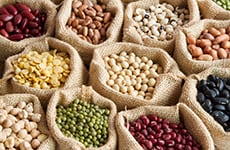
The plant-based food market is hugely dynamic and changing rapidly as consumers needs and attitudes towards plant-based foods evolve. Whether you are looking to get started or looking to grow further, consumer needs must lead and drive your product...
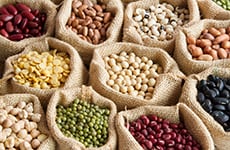
Natural, versatile and consistent on a plant basis While the world population will rise to around 10 billion by 2050, global meat and milk production will also increase – with a significant impact on the environment and climate. This is not the only...
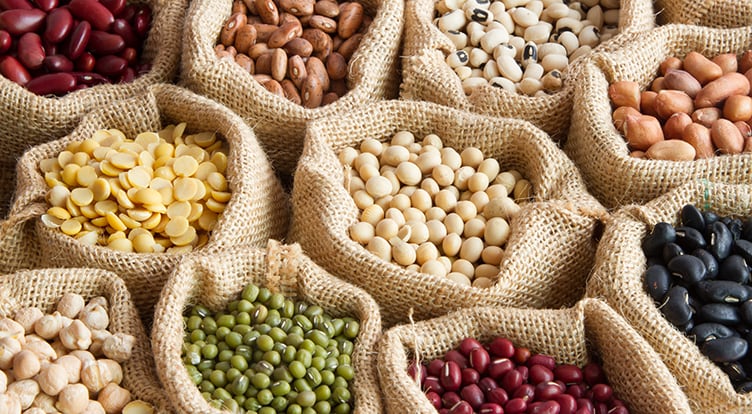
With population numbers on the rise and natural resources in decline, industry is tasked with the challenge of boosting food production on less land and with fewer greenhouse emissions. Could cellular agriculture, food production by microbes, and...
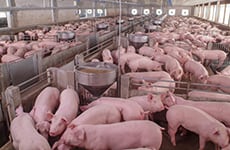
African Swine Fever (ASF) is running rife around the world and destroying the international pork industry. China has been one of the countries worst hit by the disease, with every province having at least one reported case of ASF over the past year. This...

Consumers care more about clean labels today than ever before, with growing demand for products that are perceived as natural and minimally processed. But does the average busy shopper really take the time to check the ingredients list? Or are other...

“Back-to-basic”, “free- from”, “all natural”: whatever the words, Clean label is top trend in recent years, strongly pushed by Consumers. The whole food value chain need to adapt & find efficient solutions to switch to natural ingredients & develop new...

As the supplement market itself evolves in light of the clean label movement, informed consumers are also seeking the same clean label credentials on supplement products as they have come to expect from food products. The purpose of the Clean Label...

Constantin Drapatz and Marcel Veenstra, from Ingredion, the Clean label experts will take you through how the adoption of clean label ingredients has changed the food and beverage industry in Europe forever. Consumers are demanding greater transparency...

Consumers see ingredients lists that are shorter and easily understandable as ‘cleaner’. This is often perceived as healthier and the clean label drive goes hand-in-hand with NOVA’s classification system of ultra-processed foods. The trend is...
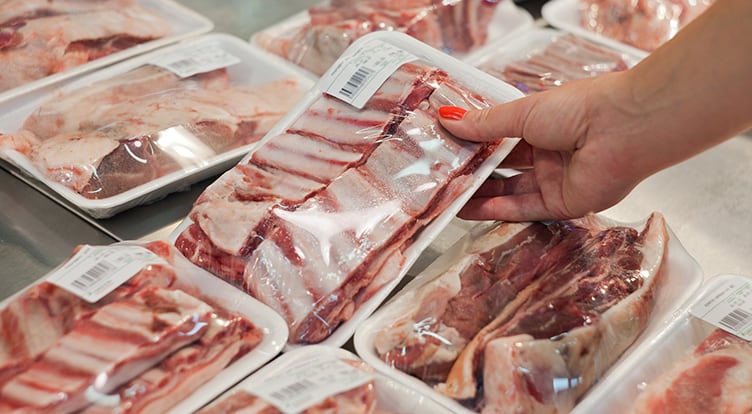
Marrying effective design and achievable sustainability when it comes to packaging is a challenge for meat processors all over the world, and businesses are beginning to innovate to tackle the impact on the environment. In the UK, food businesses,...

Cutting edge developments at the intersection between flavour science and artificial intelligence are poised to revolutionise global food systems. From the creation of the ‘Internet of Food’ to machine learning technology that can predict flavour...

Once a point of differentiation, demand for natural and authentic foods mean clean labels are now frequently a prerequisite for sales success. But as food manufacturers work to keep chemical-sounding ingredients out of their products, they must also...

Consumers around the world are asking more & more for clean label and authenticity in packaged foods. Following an extended survey along the worldwide food value chain, Solvay confirms that developing affordable natural solutions is one of the main...

Examining the purchasing attitudes of 3,000 consumers across Europe, a recent study commissioned by Capsugel, now a Lonza company, found that clean label solutions are popular amongst food supplement users. With this demand showing no signs of abating,...
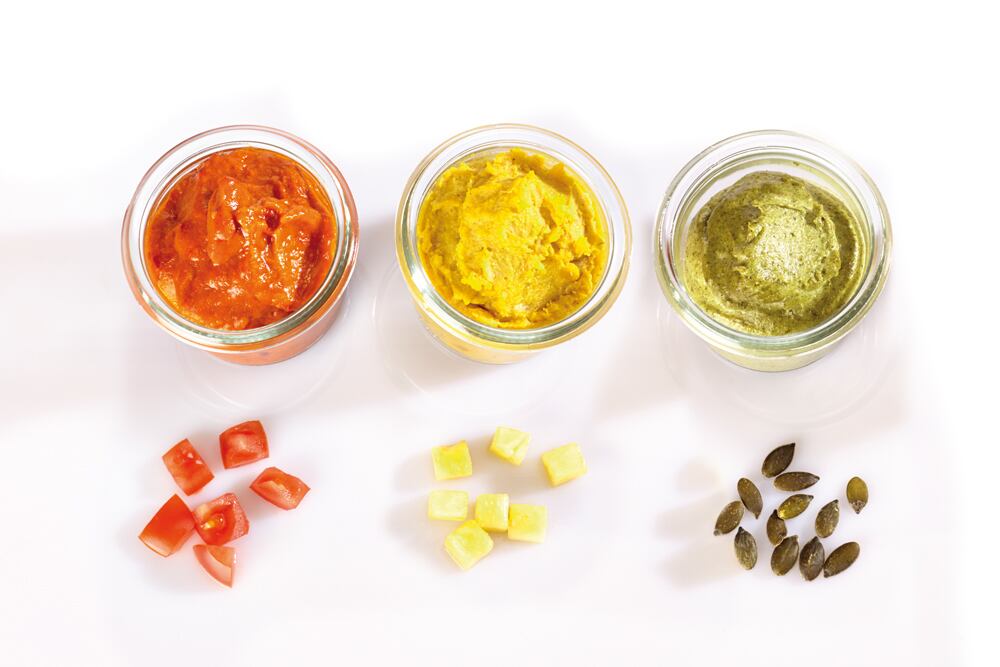
How can the requirements for reformulation and clean & simple be reconciled? Can sugar, salt and fat be reduced without impacting mouthfeel and taste? What solutions are there for more transparency and simplicity in ingredient selection?

With health and wellness at the forefront of consumers’ minds, demand for plant-based protein is exploding. But as manufacturers try to recreate the taste, texture and appearance of meat and dairy products using plant proteins, they inevitably need to...
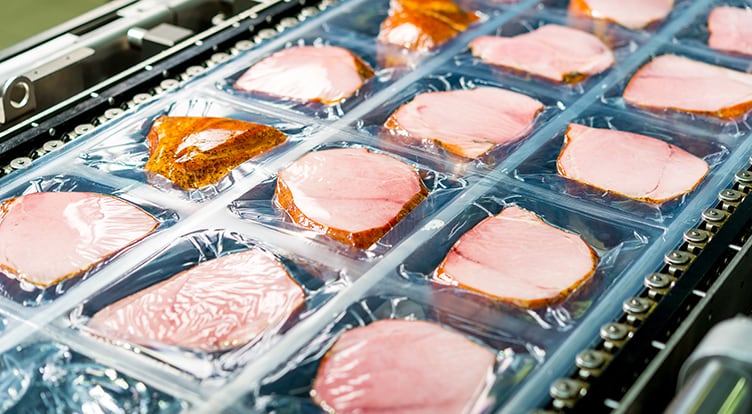
As rising labour and production costs show no signs of abating and consumers and retailers resist price rises on shelf while demanding improved traceability, how can end-to-end automation help? Our experts explore the key challenges inherent in...
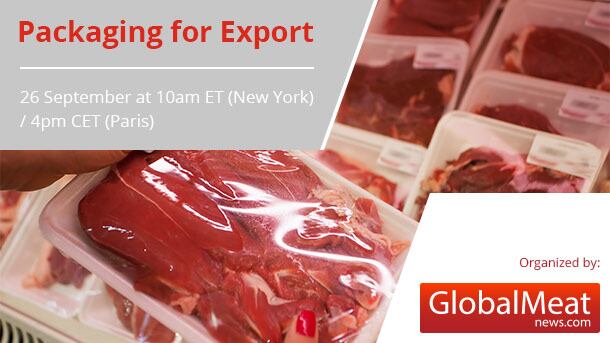
Of 263 million tonnes of meat produced globally, more than 20% is lost or wasted, of which 8-10% on average in most regions happens during processing and distribution, according to the Food and Agriculture Organisation.A significant amount occurs because...